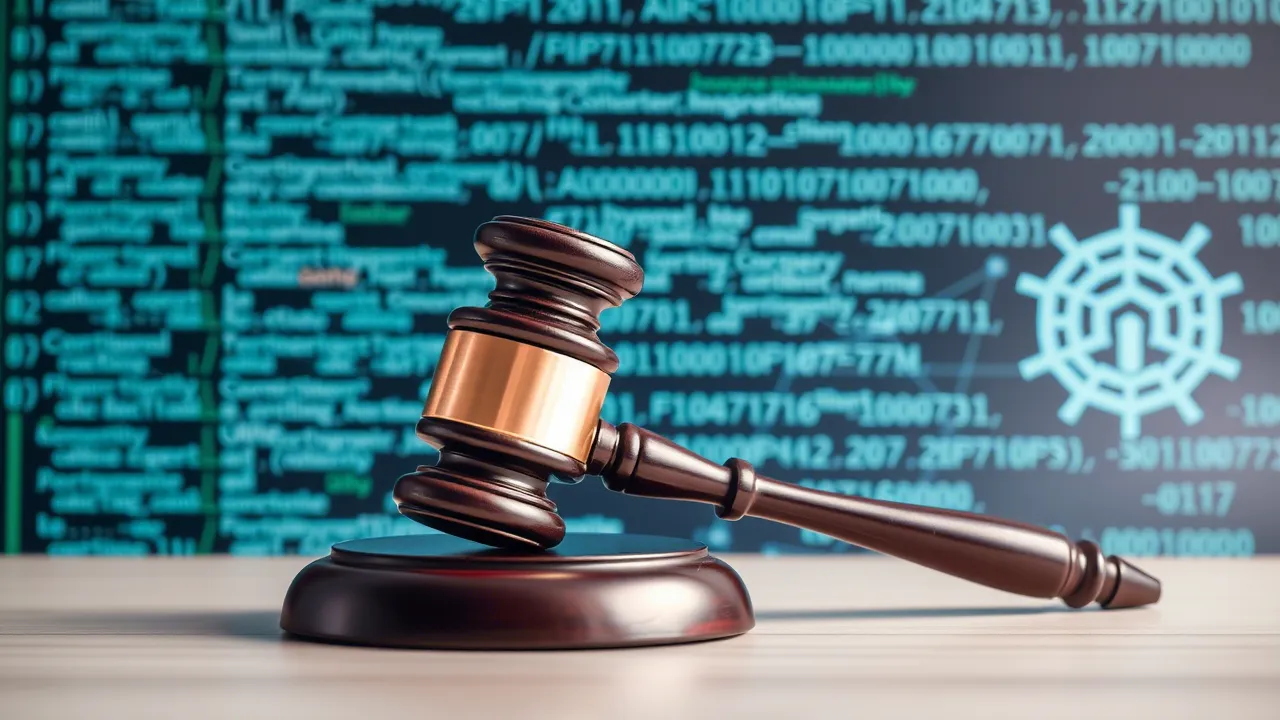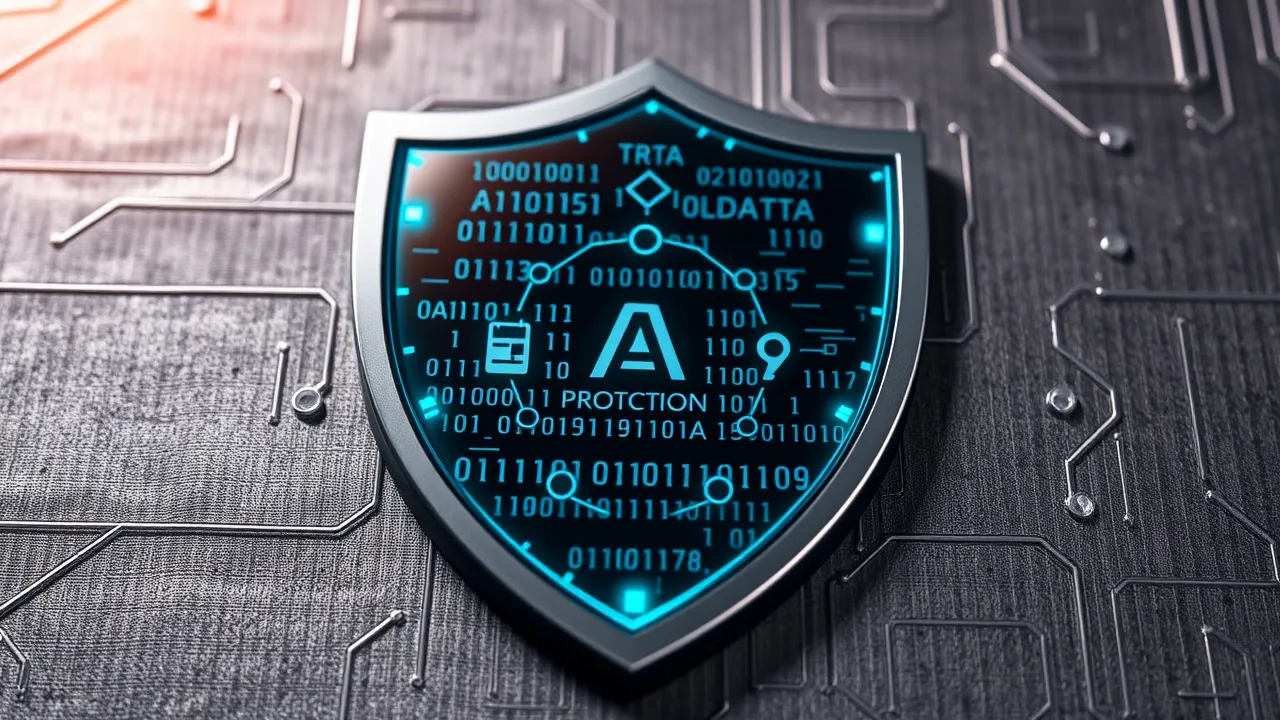AI Under Law: How the World is Trying to Manage a Revolution (and What It Means for You in 2025)
The year 2025 has marked a new stage in humanity's relationship with artificial intelligence – a stage of active legal regulation. After several years of rapid AI development, showcasing its incredible capabilities and, simultaneously, potential risks, governments and international organizations worldwide have recognized the need to establish clear "rules of the game." Significant legislative initiatives, such as a hypothetical "AI Act 2.0" in the European Union or similarly scaled national laws in other countries, have come into force or are in the final stages of implementation. (According to analytical reports, by the end of 2025, global corporate investment in AI compliance solutions may have grown by over 70% compared to 2023, highlighting the scale of these changes). This is no longer just about recommendations or ethical codes – these are legislative requirements affecting developers, providers, and users of AI systems across all industries. The purpose of this article is to provide an overview of key global approaches to AI regulation, analyze the associated challenges, and help understand how businesses, developers, and society as a whole can adapt to this new reality.

Part 1: Why Regulate AI? Law, Ethics, Safety, and Building Trust
The rapid development of AI has brought not only excitement but also serious concerns. The need for regulation is driven by several fundamental reasons:
- Ethical Risks and Discrimination: AI systems, trained on historical data, can inherit and even amplify existing societal biases. For example, widely discussed cases in 2023-2024 involved AI algorithms used in recruitment showing bias against candidates of a certain gender or race, unfairly screening them out at initial stages. This necessitated a review of development and audit approaches for such systems.
- Safety Issues: Failures in complex AI systems can have serious consequences, especially in critical areas. Recall incidents with autonomous vehicles which, despite significant progress, occasionally caused accidents, sparking public outcry and demands for stricter safety standards. We also cannot forget data breaches due to AI application vulnerabilities, extensively covered in cybersecurity reports over recent years.
- Need for Transparency and Accountability (XAI): Many AI systems, especially those based on deep learning, operate as "black boxes." Understanding how AI arrives at a particular conclusion is critical for building trust and the ability to challenge its decisions.
- Protection of Fundamental Human Rights: AI deployment affects the right to privacy, freedom of expression, protection from discrimination, and other basic rights. Regulation aims to ensure their observance.
- Building Public Trust: Without public trust, widespread and beneficial adoption of AI technologies is impossible. Regulation is one of the tools for building such trust.
It's important to note that AI legislation often follows already formed ethical norms and societal expectations. It attempts to codify "rules of conduct" for AI developers and users, though sometimes it lags behind the rapid pace of technological development and new ethical challenges. To address some ethical issues at the development stage, specialized tools exist, for example, the IBM AI Fairness 360 framework, which helps identify and mitigate bias in machine learning models.

Part 2: The Global Map of AI Regulation in 2025: Key Approaches
By 2025, several main approaches to regulating artificial intelligence have formed worldwide. Although complete harmonization is not yet achieved, key trends can be identified in various jurisdictions.
The European Union, with its (hypothetical) "AI Act 2.0," continues to adhere to a risk-based approach, classifying AI systems by levels of potential danger and imposing strict requirements for high-risk systems. The US likely maintains a more flexible model, combining sectoral regulation with the development of standards and frameworks aimed at risk management and fostering innovation. China is developing its own path, where state regulation is closely intertwined with strategic goals of technological leadership and social governance. At the international level, organizations like the OECD and UNESCO continue to work on developing common principles for responsible AI, though their implementation at national levels varies in speed and specifics.
Part 3: New Rules – New Challenges: Practical Consequences for Businesses and Developers
New regulatory frameworks directly impact how companies develop, implement, and use AI systems.

For large businesses, this means a need to review existing AI strategies, conduct comprehensive risk assessments, and implement internal AI Governance systems. Platforms like ServiceNow AI Governance can help automate and standardize these processes. Requirements for documenting AI systems, their auditing, and, in some cases, certification are increasing. Legal liability for harm caused by AI is becoming more clearly defined.
Small and medium-sized enterprises (SMEs) face particular challenges. Limited financial and human resources make it difficult to comply with all complex compliance procedures. However, it is often SMEs, thanks to their flexibility, that can become "pilot sites" for testing new regulatory approaches or compliance technologies, potentially giving them certain advantages and adding a note of optimism. Support measures such as tax incentives for ethical AI adoption, access to specialized consulting, or ready-made templates from industry associations may also emerge.
AI developers must now consider regulatory requirements at all stages of the product lifecycle – from data collection and labeling to testing, deployment, and monitoring. Principles like "Privacy by Design" and "Ethics by Design" are becoming not just good practice, but a necessity. Tools like RegBot help track changes in legislation, and platforms such as Celonis can be used to analyze and optimize business processes considering new AI compliance requirements.
Part 4: Not Regulating to Death: Balancing Innovation, Safety, and Future Trends
Discussions around AI regulation in 2025 are ongoing. The key question is how to find an optimal balance that ensures safety and protects rights without stifling innovation.
- Effectiveness and Adaptability of Regulation: How well do existing laws keep pace with the rapid development of AI? The concept of adaptive regulation, including "regulatory sandboxes" for testing innovative AI solutions in a controlled environment, is being discussed.
- Impact on UX/UI: Requirements for AI transparency and explainability (XAI) directly affect user interface design. For example, an AI application might be required to show users in an accessible way why a particular decision was made (e.g., why a loan was denied or certain content recommended). This can make interfaces more informative but also potentially more complex for non-professional users. Here, the work of a skilled UX/UI design team is critical to make explanations intuitive and not overwhelming.
- Extended Future Trends in AI Regulation and Development:
- The growing role of open standards (e.g., from ISO/IEC) and certification procedures for AI systems.
- The formation of cross-industry and international alliances to develop ethical codes, share best practices, and promote self-regulation in certain areas. International cooperation, such as joint EU-US projects on AI standards or OECD initiatives for responsible AI, becomes increasingly important.
- The emergence and growing demand for new professions: AI Compliance Officer, Chief AI Ethics Officer, AI systems auditor, AI lawyer.
Conclusion: Navigating the Era of Regulated AI: Awareness, Adaptation, and Responsibility
AI regulation in 2025 is not a one-time event but a continuous process of finding a balance between rapid technological progress and fundamental human values. For all stakeholders, from global corporations to individual developers, understanding the new rules of the game, proactive adaptation, and readiness for dialogue are becoming key factors for success and responsible development. As one pioneer in AI ethics (a hypothetical quote reflecting the spirit of the time) said: "Our task is not to stop progress, but to direct it so that it serves humanity, not the other way around. Regulation is not a brake, but a steering wheel and a map on this journey."
The ultimate goal is to create an ecosystem of trusted, safe, and human-centric artificial intelligence that enhances our capabilities and helps solve global problems without creating new, even more complex ones.
